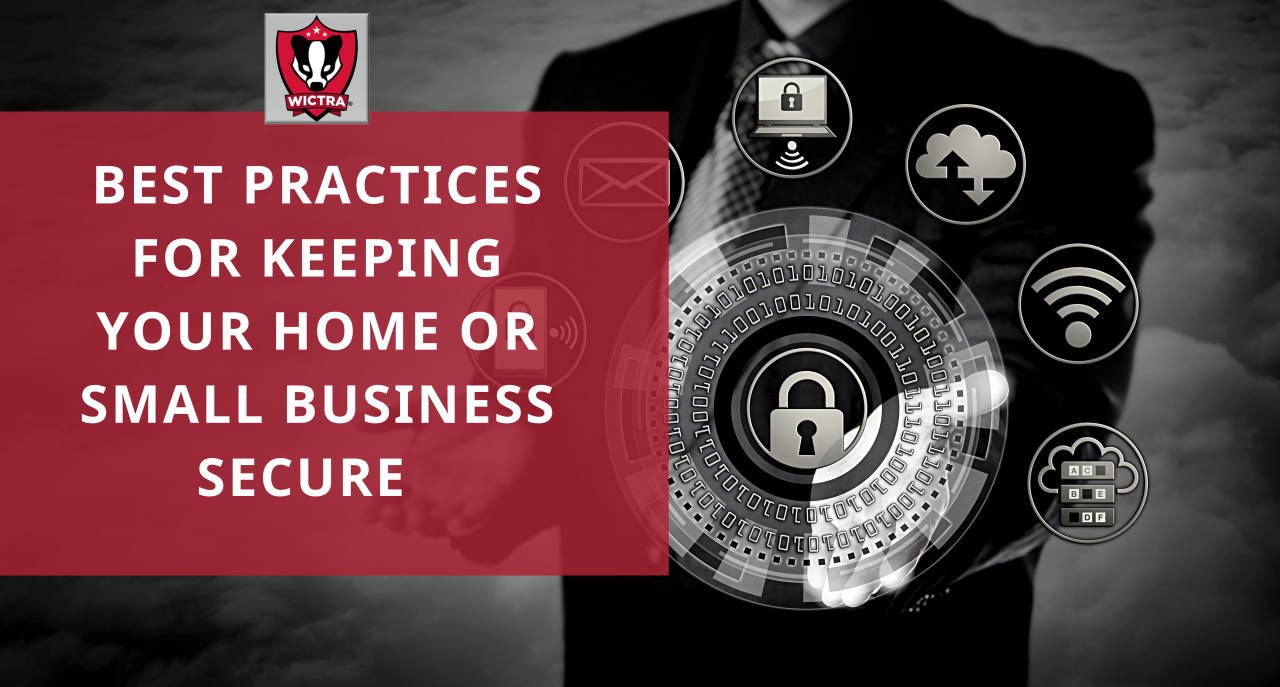In today’s digitally interconnected world, implementing best practices for securing a home network is paramount. With the increasing number of devices connected to the internet, such as smartphones, laptops, smart TVs, and smart home devices, the risks associated with unsecured networks have also risen significantly.
Table of Contents
ToggleRisks Associated with Unsecured Best Practices for Securing a Home Network
Unsecured home networks are prime targets for cybercriminals seeking to exploit vulnerabilities and gain unauthorized access. Implementing best practices for securing a home network mitigates these risks and ensures the safety of your personal and sensitive information.
Benefits of Securing Your Home Network
By implementing best practices for securing a home network, you not only protect your personal information but also safeguard your family’s privacy and security. A secure home network provides peace of mind, knowing that your internet-connected devices are safe from cyber threats.
Setting up Your Home Network
Choosing the Right Router
Selecting the right router is the first step in best practices for securing a home network. Opt for routers from reputable manufacturers known for prioritizing security and regularly releasing firmware updates to patch vulnerabilities.
Configuring Your Router Securely
Once you’ve chosen a router, it’s crucial to configure it securely to minimize the risk of unauthorized access. Change the default administrator username and password to unique, strong credentials to prevent unauthorized users from accessing your router’s settings.
Secure Password Practices
Importance of Strong Passwords
Passwords are the first line of defense against unauthorized access to your network and devices. Create complex passwords that combine letters, numbers, and special characters to make them difficult to guess or crack.
Implementing Two-Factor Authentication
In addition to strong passwords, implementing two-factor authentication adds an extra layer of security and prevents unauthorized access even if your password is compromised.
Network Encryption
Understanding Encryption Protocols
Encryption protocols such as WPA3 ensure that your data remains secure as it travels between your devices and your router. Utilize the latest encryption protocols to protect your network from attacks that attempt to intercept and decrypt your data.
Avoiding Outdated Encryption Protocols
To maintain security, avoid outdated encryption protocols such as WEP, which are vulnerable to exploitation by hackers and provide inadequate protection for your network.
Keeping Software Updated
Importance of Software Updates
Regularly updating your router’s firmware and all connected devices’ software is essential for maintaining optimal security. Software updates often include security patches that address known vulnerabilities and protect your devices from exploitation by cybercriminals.
Automatic Updates vs. Manual Updates
Choose automatic updates whenever possible to ensure that your devices receive critical security patches promptly.
Implementing Network Segmentation
What is Network Segmentation?
Network segmentation involves dividing your home network into separate subnetworks to enhance security and control access to resources. Create guest networks for visitors to prevent them from accessing your primary network and sensitive data.
Monitoring Network Activity
Utilizing Network Monitoring Tools
Monitoring your network for suspicious activity is crucial for detecting and mitigating security threats. Use network monitoring tools to track traffic patterns, identify anomalies, and detect unauthorized access attempts.
Securing IoT Devices
Risks Associated with IoT Devices
IoT devices are often overlooked when it comes to security, making them attractive targets for cybercriminals. Change default credentials on IoT devices to unique, strong passwords to prevent unauthorized access.
Educating Family Members
Importance of Security Awareness
Educating your family members about the importance of cybersecurity is essential for maintaining a secure home network. Teach them safe internet habits such as avoiding clicking on suspicious links and downloading files from unknown sources.
Securing Remote Access
Safely Accessing Your Home Network Remotely
Remote access to your home network allows you to monitor and manage connected devices while away from home. Use virtual private networks (VPNs) to encrypt your internet connection and prevent unauthorized access to your network.
Protecting Against Malware and Phishing
Recognizing Common Threats
Malware and phishing attacks pose significant threats to home network security. Install reputable antivirus software on all devices connected to your network to detect and remove malware infections.
Physical Security Measures
Securing Physical Access to Your Network Devices
Physical security measures are just as important as digital safeguards in protecting your home network. Place routers in secure locations away from prying eyes and potential tampering.
Backing Up Data Regularly
Importance of Data Backup
Regularly backing up your data is crucial for protecting against data loss due to hardware failure, malware infections, or other unforeseen events. Use cloud backup solutions to store copies of your data offsite and protect against physical damage or theft.
Regular Security Audits
Periodically Assessing Your Network Security
Regular security audits help you identify vulnerabilities and weaknesses in your home network and address them before they can be exploited by cybercriminals. Conduct vulnerability scans to identify potential security gaps and prioritize remediation efforts.
Conclusion
Securing your home network is not a one-time task but an ongoing process that requires diligence, awareness, and proactive measures. By following best practices for securing a home network, you can significantly reduce the risk of falling victim to cyber threats and ensure the safety and privacy of your digital life.
FAQs (Frequently Asked Questions)
- How often should I update my router’s firmware?
- It’s recommended to check for firmware updates monthly and install them promptly to ensure your router remains secure against known vulnerabilities.
- What should I do if I suspect my home network has been compromised?
- If you suspect a security breach, immediately disconnect affected devices from the network, change passwords, and perform a thorough security audit to identify and mitigate any threats.
- Are all IoT devices equally vulnerable to cyber attacks?
- While some IoT devices may have stronger security features than others, all connected devices are potential targets for cybercriminals. It’s essential to secure all IoT devices and regularly update their firmware to minimize the risk of exploitation.
-
Is it safe to use public Wi-Fi networks with my home devices?
- Public Wi-Fi networks pose significant security risks, including eavesdropping and man-in-the-middle attacks. It’s best to avoid connecting sensitive devices to public Wi-Fi networks and use a VPN for added security when necessary.



